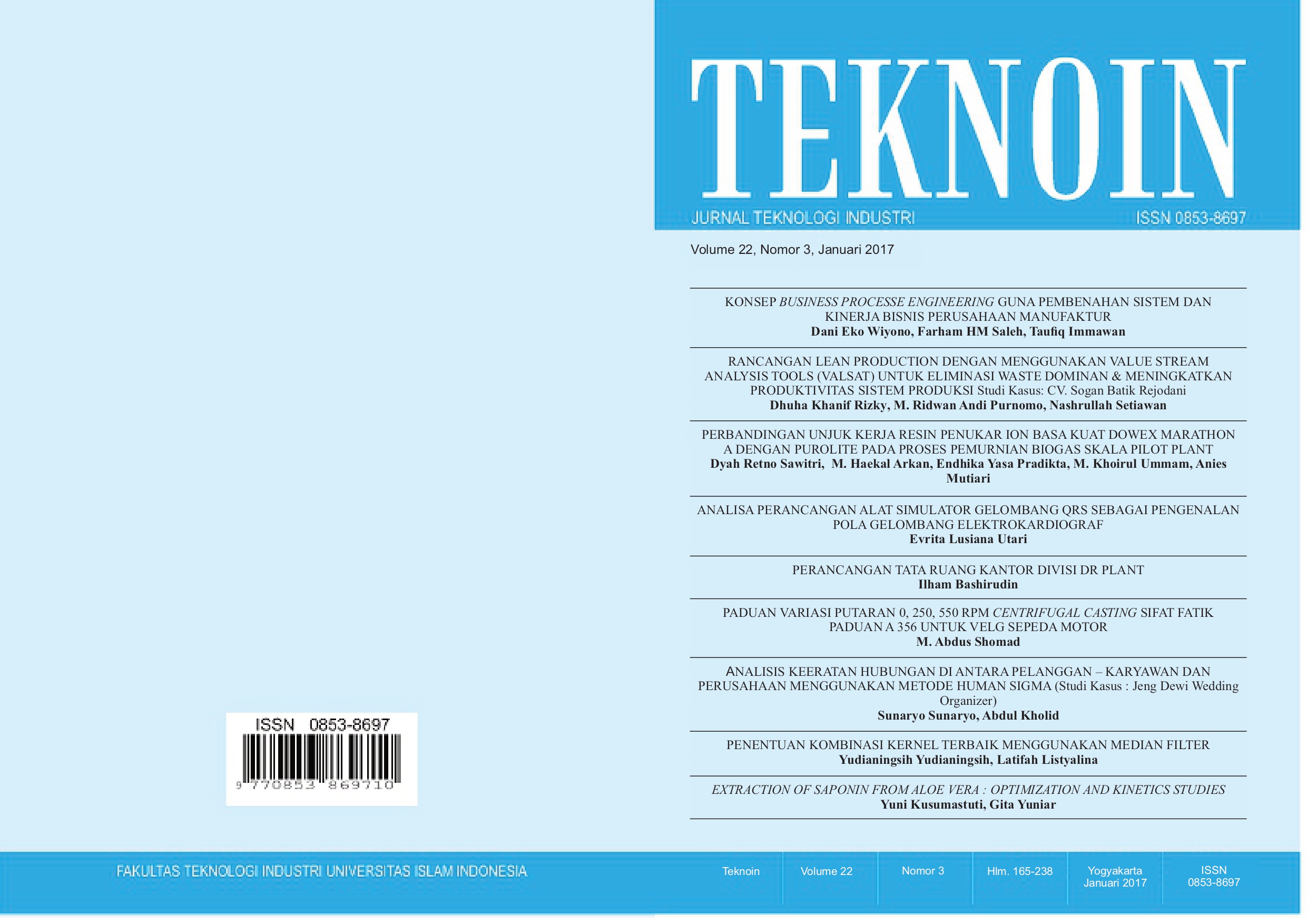Main Article Content
Abstract
Adsorption of carbon dioxide is a vital process in biogas purification. A previous study has narrowed down the choice of ion exchange resins for the adsorption process into two commercial resins, Dowex Marathon A, and Purolite. Dowex Marathon A boasts the advantage of having no need of any pretreatments to use. Purolite, although needing pretreatment before usage, costs only roughly a third of Dowex Marathon A. The objective of the study is to decide on which resin is best suited to commercially produce biogas free from pollutants, most of which is carbon dioxide. Both resins at their fresh state were tested for durability by checking on levels of carbon dioxide content at set time intervals. Results suggest the Purolite resin to be more durable than the Dowex Marathon A resin. Data of gas passing through Dowex showed relatively high concentration of CO2 after 10 minutes of operation. While Purolite showed its first signs of CO2 after 20 minutes of operation. Further tests are conducted to compare fresh and regenerated Pirolite resins. Comparison between fresh and postregeneration Purolite showed relatively consistent results where the regenerated resin showed its first signs of CO2 after 25 minutes.
Article Details
License
Authors who publish with this journal agree to the following terms:
- Authors retain copyright and grant the journal right of first publication with the work simultaneously licensed under a Creative Commons Attribution License that allows others to share the work with an acknowledgement of the work's authorship and initial publication in this journal.
- Authors are able to enter into separate, additional contractual arrangements for the non-exclusive distribution of the journal's published version of the work (e.g., post it to an institutional repository or publish it in a book), with an acknowledgement of its initial publication in this journal.
- Authors are permitted and encouraged to post their work online (e.g., in institutional repositories or on their website) prior to and during the submission process, as it can lead to productive exchanges, as well as earlier and greater citation of published work (See The Effect of Open Access).
